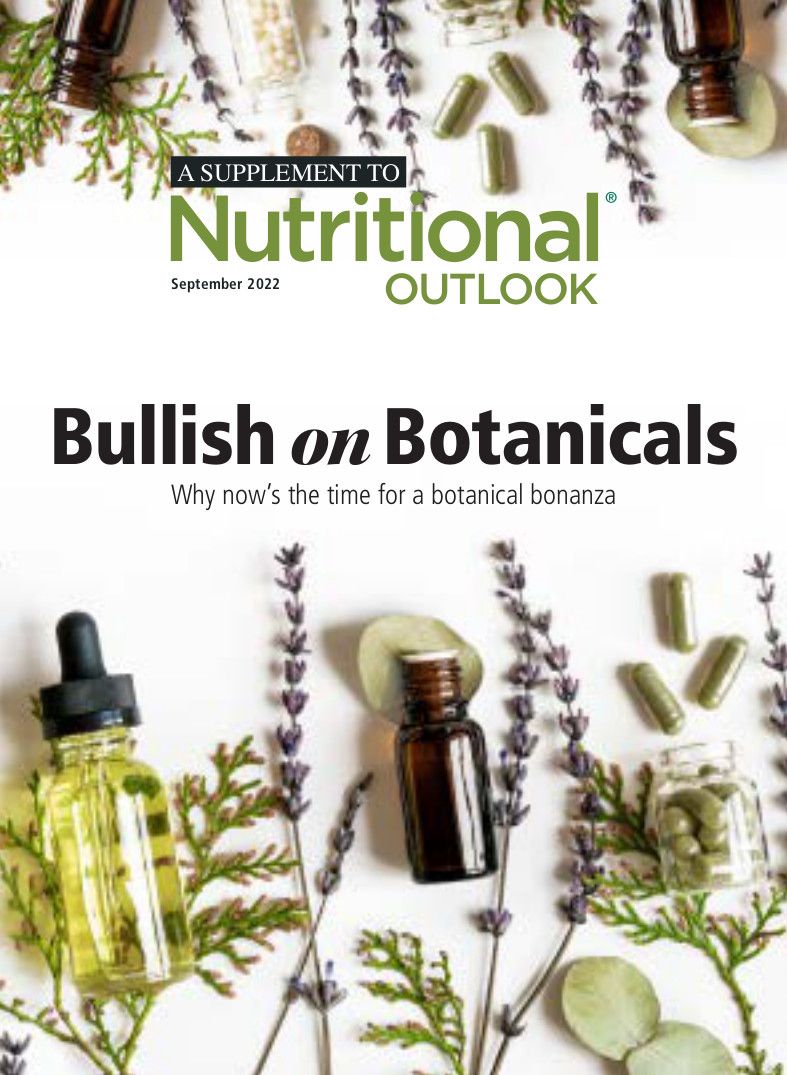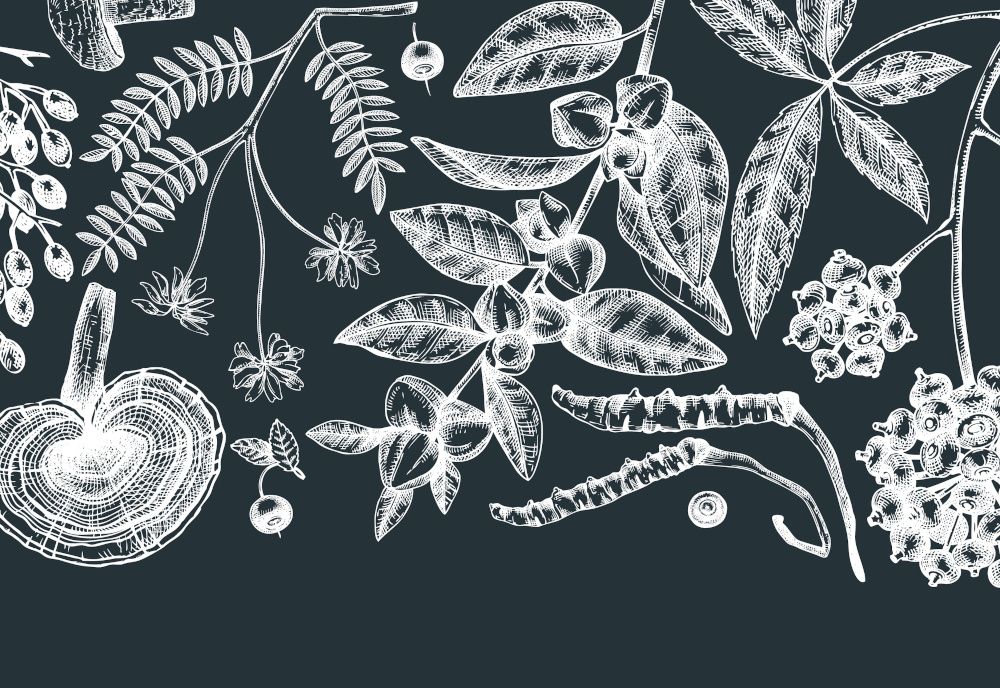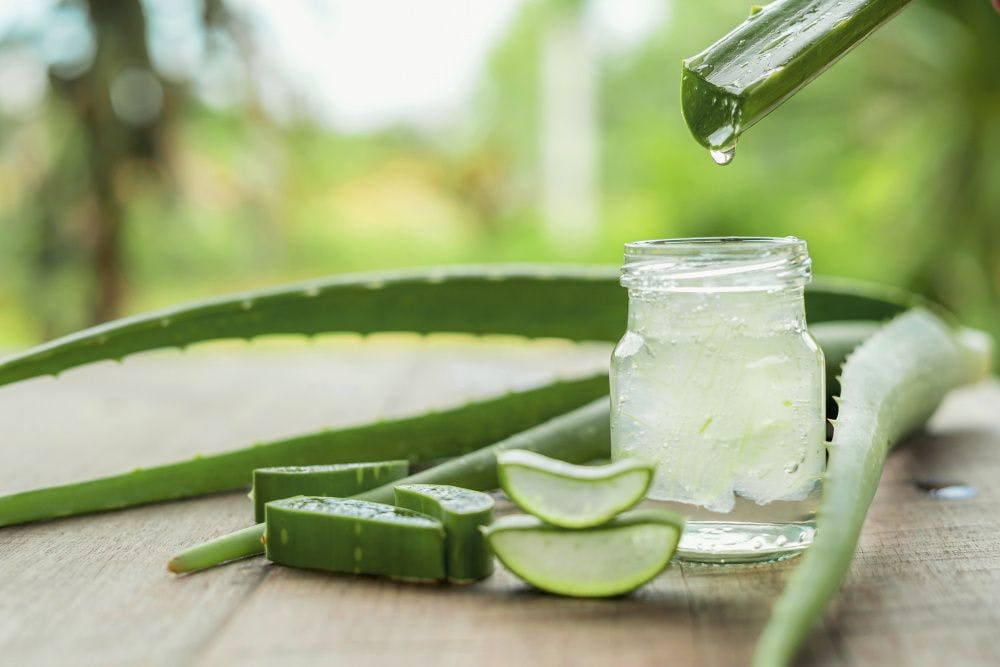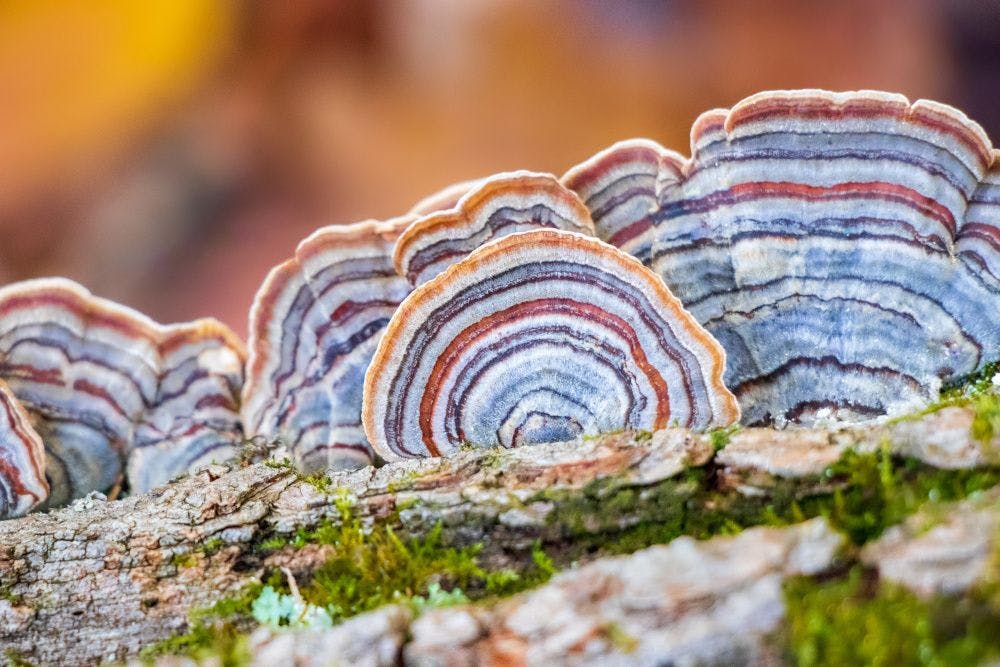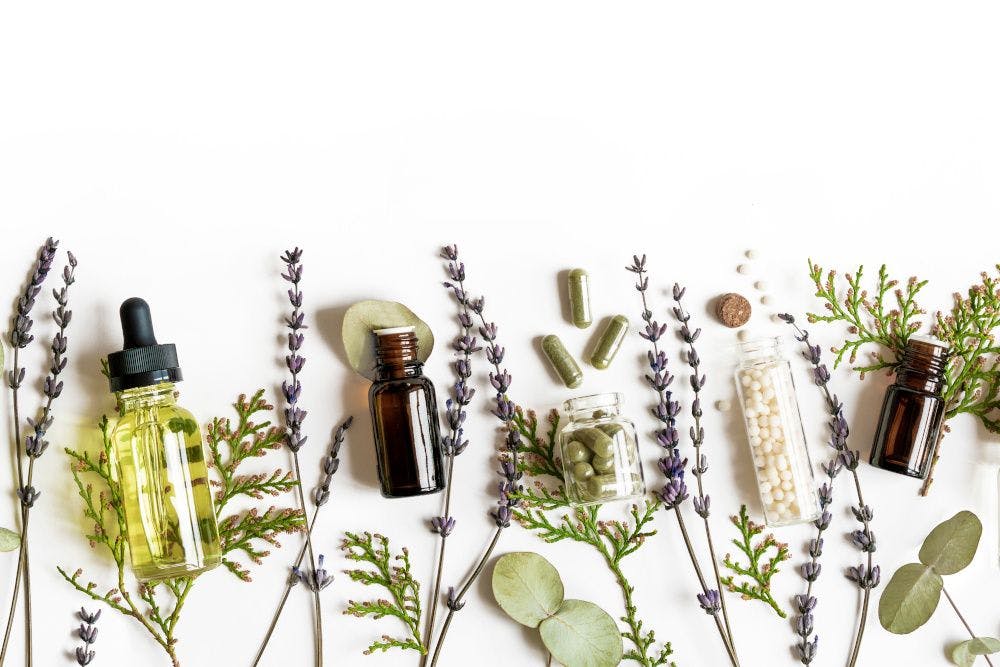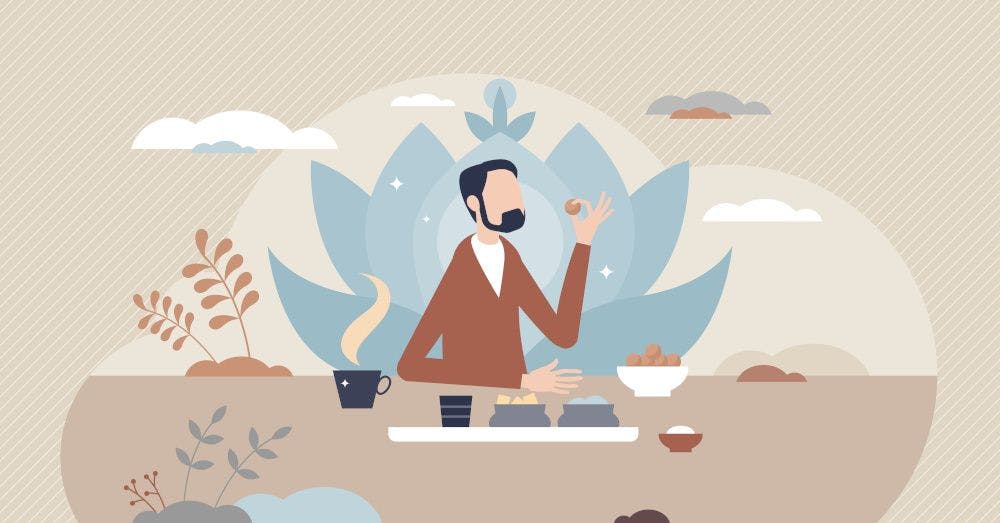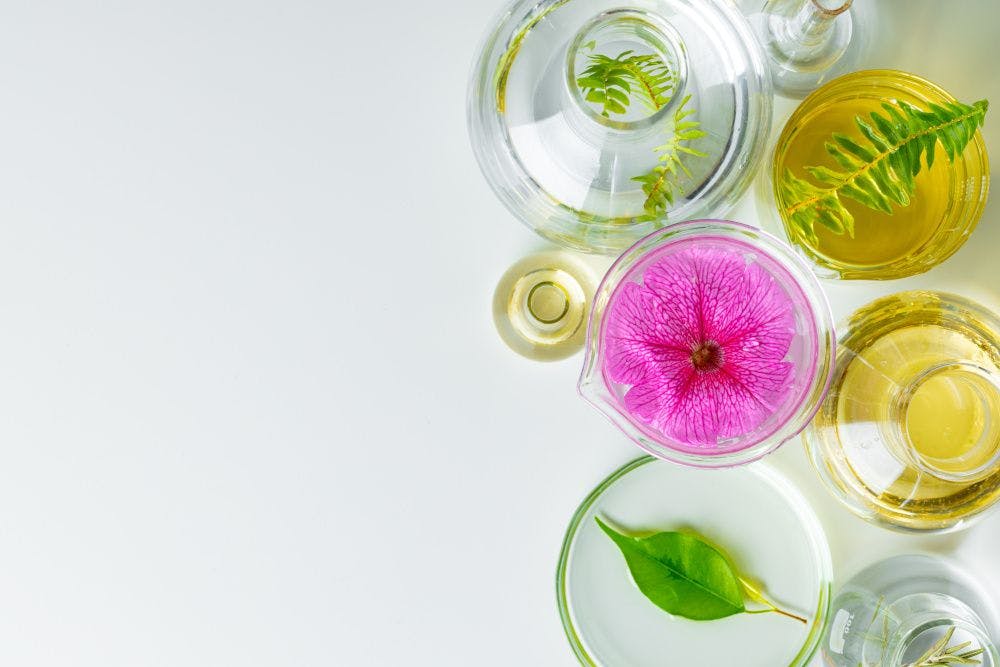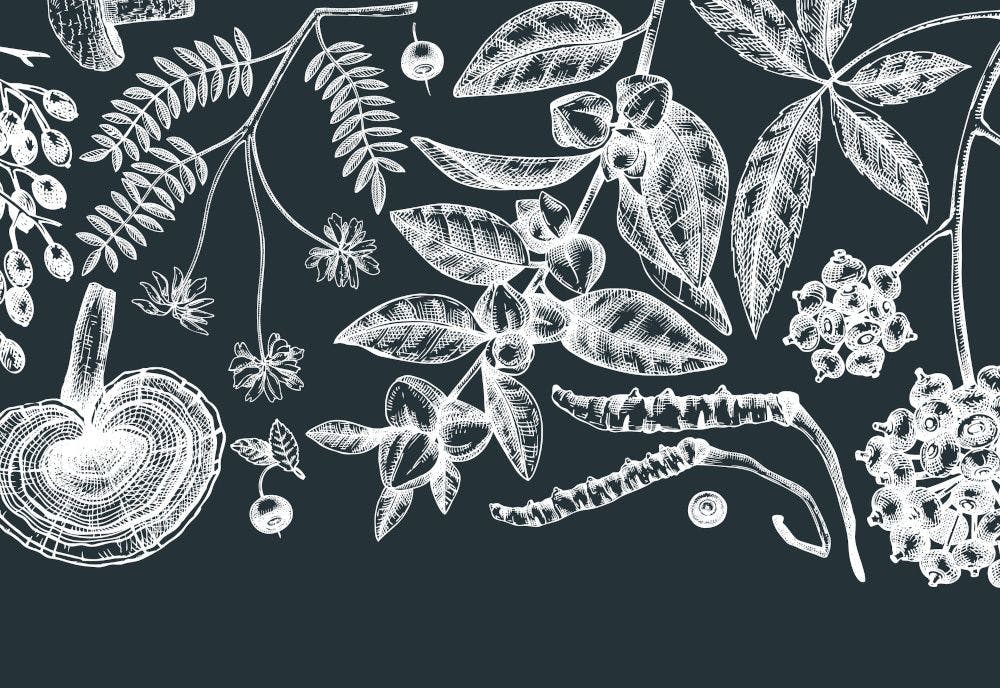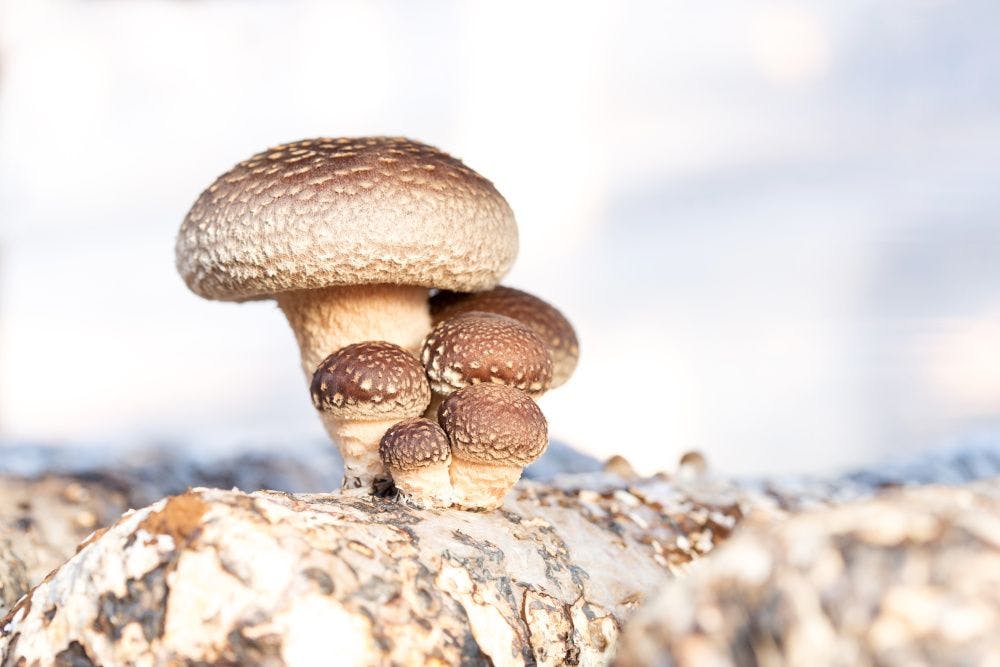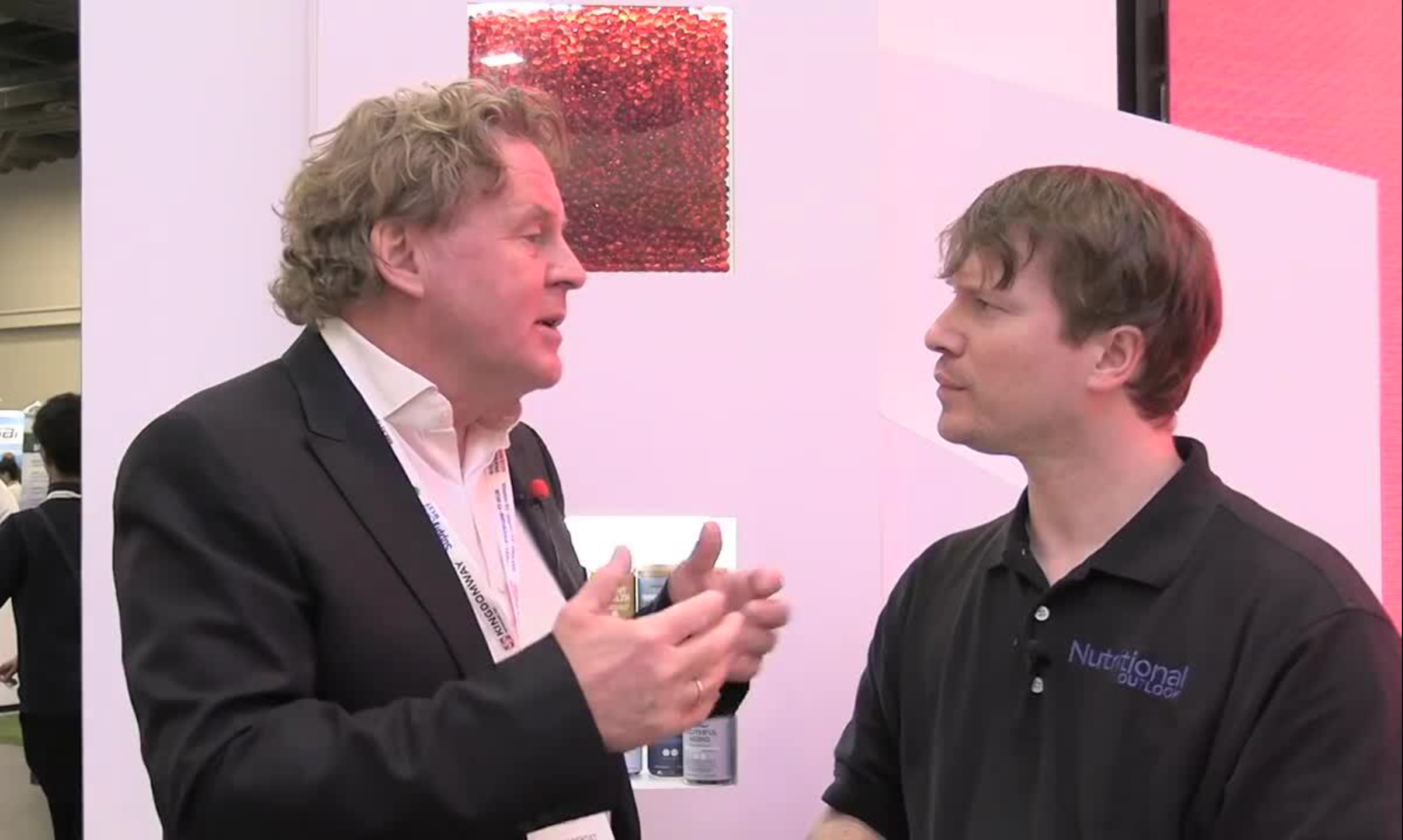Adaptogens explained: What makes an herb an adaptogen?
What specific benefits do adaptogens provide? An expert explains.
An adaptogen is a substance (typically an herb) that usually exerts no specific biological effects but tends to normalize or otherwise bring the body into a state of homeostasis. Some of the most powerful adaptogens include Panax ginseng root, Rhodiola rosea root, Eleutherococcus senticosus root, astragalus root (Astragalus membranaceus), ashwagandha root (Withania somnifera L.), and schisandra fruit (Schisandra chinensis)—which I’ll discuss in this article.
Adaptogens In General
Adaptogens tend to reduce the effects of stress, improve stamina, and reduce fatigue. In most cases, adaptogens are from the root part of the herb and tend to have a bitter taste. That’s why many prefer to consume adaptogens in capsule form rather than as a powder or liquid.
I’ve seen some herbs incorrectly referred to as adaptogens, but unless they fit the description given in the first sentence of the opening paragraph of this article, they aren’t adaptogens.
Here are some of the most popular adaptogens among today’s consumers and some of the research that has been conducted on them over time.
Panax Ginseng
Perhaps the most well known of all the adaptogens is Panax ginseng. Panax is the Latin name of the herb, but it is more generally referred to as simply ginseng. It is also known as Asian ginseng, Korean ginseng, and Chinese ginseng. In Asian countries, ginseng is considered a tonic, stimulant, and stress adaptogen. Hundreds of studies have been published on ginseng, but only a few can be reviewed here.
As demonstrated in animals and humans, ginseng improves mental and physical performance and well-being in a variety of circumstances.1-6 Furthermore, ginseng enhances fat burning during exercise, thereby sparing valuable muscle stores of glycogen (muscle sugar).7 Research has also demonstrated the value of ginseng in supporting immunity, cardiovascular function, and blood sugar metabolism.8 Other current and evidence-based uses of ginseng include, but are not limited to, learning enhancement, stress reduction, reproductive system influences, endocrine and metabolic activity (hormones), and widespread support to elders and for fatigue.8-11
Rhodiola rosea
As with ginseng, the part of Rhodiola rosea (commonly referred to as rhodiola or Arctic Root) used is the root. Its key constituents are rosavins and salidroside.For centuries, rhodiola has been used in the traditional medicine of Russia, Scandinavia, and other countries to increase physical endurance, work productivity, longevity, resistance to high-altitude sickness, and to help reduce fatigue and moodiness and promote sexual health.12
Modern scientific studies in cell cultures, animals, and humans have revealed anti-fatigue, anti-stress, anti-hypoxia (protection against damaging effects of oxygen deprivation), antioxidant, immune enhancing, and sexual-stimulating effects.13-18 Of particular note are rhodiola’s anti-fatigue and performance-enhancing properties. Several studies have shown that rhodiola increased physical work capacity and dramatically shortened the recovery time between bouts of high-intensity exercise.13 Other current and evidence-based uses of rhodiola include, but are not limited to, general health and a feeling of well-being, and support against cardiovascular disease and for general immunity, mental performance, and sexual performance.9
Eleutherococcus senticosus
In the very recent past, eleuthero (Eleutherococcus senticosus, Syn: Acanthopanax senticosus) was commonly called “Siberian ginseng.” Although this name was botanically incorrect since eleuthero is not even in the same plant genus as Panax ginseng, it was an understandable appellation since many of the herbs’ functions are the same. For example, like Panax, eleuthero shows excellent adaptogenic activity. It is thought to help support adrenal gland function when the body is challenged by stress.19 Though less of a stimulant than Panax, eleuthero tends to cause a more profound increase in stamina. As a matter of fact, eleuthero was previously used to increase stamina and endurance in Soviet Olympic athletes.20
Eleuthero also enhances mental acuity and physical endurance without a caffeine-like letdown.21 Research shows that eleuthero improves the use of oxygen by the exercising muscle.22 Consequently, aerobic exercise may be maintained longer, and recovery from workouts may take place more quickly. In addition, evidence also suggests that eleuthero may prove valuable in the long-term support of the immune system.23
Astragalus membranaceus
Astragalus root is primarily used for its immune-stimulating and adaptogenic properties.24,25 The Chinese use it as a classic energy tonic, often in place of ginseng for people under 40 years of age. Astragalus works by stimulating several factors of the immune system. This includes interleukin-226, improving the responses of lymphocytes, enhancing the natural killer cell activity of normal subjects, and potentiating the activity of monocytes.
The saponins in astragalus also increase phagocytosis and demonstrate hepatoprotective effects.25 Other current and evidence-based uses of astragalus include, but are not limited to, promoting immune response, supporting against water retention, supporting healthy blood pressure levels already in a healthy range, antioxidant support, and supporting cardiac output.9,10,27
Ashwagandha
Ashwagandha (Withania somnifera) is sometimes called “Indian ginseng,” probably because it is employed as an adaptogen or tonic in Ayurvedic traditional medicine.28 This herb can promote healthy immune function.29 Apparently, one of ashwagandha’s mechanisms of action is that it has significant antioxidant activity. In one study, ashwagandha significantly reduced free radical oxidation in the liver of mice while concurrently increasing the activity of antioxidant enzymes such as superoxide dismutase (SOD) and catalase.30 Other research has shown that ashwagandha reduced free radical activity in stress‑induced animals.31
Ashwagandha has also been used in the treatment of mental and emotional well-being since it can influence brain chemistry in positive ways. For example, it has been shown to be capable of improving memory and enhancing cognitive function in animal research by improving acetylcholine activity in the brain and binding to acetylcholine receptor sites.32 This herb also has GABA‑mimetic activity; that is, it can mimic some of the activity of the relaxing neurotransmitter GABA.33 Clinical trials have shown that ashwagandha “optimizes mental and psychomotor performance by easing the mental stress bundle.”34 Furthermore, in a clinical trial of ashwagandha on the aging process in over 100 men, 71.4% of the men reported improvement in their capacity of sexual performance. These responses seem to support the herb’s traditional use as an aphrodisiac.27
Given their relative similarities in function, a comparative study was performed on ginseng (Panax ginseng) and ashwagandha. Using aqueous suspensions of the powdered root, each herb was tested in mice: (1) for anti-stress activity (by the swimming endurance test), and (2) anabolic activity. In the swimming endurance test, ashwagandha and ginseng each showed anti-stress activity as compared to the control group, although the activity was higher with ginseng. In the anabolic study, the mice treated with ashwagandha showed a greater gain in body weight than those treated with ginseng, although significant anabolic activity was observed for both herbs.35
Schisandra chinensis
In traditional Chinese medicine, the schisandra fruit is mainly used for respiratory health and to assist with problems with spontaneous sweating, nocturnal emission, lack of sleep, and forgetfulness.36 In Russia, it is regarded as an adaptogen.37 Research indicates that schisandra can improve work performance, build strength, reduce fatigue, and increase endurance38,39—all consistent with the effects of an adaptogen.
Schisandra also appears to have significant value for the liver. For example, it appears that the lignans in schisandra protect the liver by activating the enzymes in liver cells that produce the antioxidant glutathione.40 Studies from China indicate that schisandra helped patients with suboptimal liver function.36,41 Schisandra also induces detoxification pathways in the liver.42 Finally, schisandra and its lignans have improved mental efficiency and sensitivity of sight and hearing, increased the speed of adaptation to the dark, enlarged the visual field, increased the discrimination of skin receptors, and improved activities requiring concentration and fine coordination in humans.36 Other current and evidence-based uses of schisandra include mental health, antioxidant support, and cardiovascular and respiratory health.10,43
Conclusion
Adaptogens are especially valuable today in a society in which stress is a constant and fatigue is commonplace. Consequently, dietary supplement brand owners have shown greater interest in including one or more adaptogen supplements in their product line, which is a timely consideration. Any of the aforementioned adaptogens are good candidates.
About the author
Gene Bruno, MS, MHS, RH (AHG), is a certified nutritionist and registered herbalist with 42 years of dietary supplement industry experience. With a master’s degree in nutrition and a second master’s degree in herbal medicine, he has a proven track record of formulating innovative, evidence-based dietary supplements. Mr. Bruno currently serves as both the vice president of scientific and regulatory affairs at NutraScience Labs and professor of nutraceutical science at Huntington University of Health Sciences.
References
- Bombardelli E et al. “The effect of acute and chronic Panax ginseng saponins treatment on adrenal function: Biochemical and pharmacological aspects.” Proceedings of the 3rd International Ginseng Symposium (1980): 9-16
- Forgo I et al. “The duration of effect of the standardized ginseng extract G115® in healthy competitive athletes.” Notabene Medicine, vol. 15, no. 9 (1985): 636-640
- Forgo I. “Effects of drugs on physical performance and hormone system of sportsmen.” MMW, Münchener medizinische Wochenschrift, vol. 125, no. 38 (September 23, 1983): 822-824
- Dorling E et al. “Do ginsenosides influence the performance? Results of a double-blind study.” Notabene Medicine, vol. 10 (1980): 241-246
- Forgo I et al. “Effect of a standardized ginseng extract on general well-being, reaction time, lung function and gonadal hormones.” Die Medizinische Welt., vol. 32, no. 19 (May 8, 1981): 751-756
- D'Angelo L et al. “A double-blind, placebo-controlled study on the effect of a standardized ginseng extract on psychomotor performance in healthy volunteers.” Journal of Ethnopharmacology, vol. 16, no. 1 (April-May 1986): 15-22
- Avakian Jr EV et al. “Effect of Panax ginseng extract on tissue glycogen and adrenal cholesterol depletion during prolonged exercise.” Planta Medica, vol. 36, no. 1 (May 1979): 43-48
- Mills S, Bone K. (2000) The Principles and Practice of Phytotherapy: Modern Herbal Medicine. Churchill Livingstone; Edinburgh (2000): 418-432
- Presser AM. Pharmacist’s Guide to Medicinal Herbs. Smart Publications; Petaluma, California (2000)
- Kuhn MA, Winston D. Herbal Therapy & Supplements: A Scientific & Traditional Approach. Lippincott; Philadelphia (2000)
- Blumenthal M, Goldberg A, Brinckmann J (eds). Herbal Medicine: Expanded Commission E Monographs. Integrative Medicine Communications; Newton, Massachusetts (2000)
- Brown RP et al. “Rhodiola rosea: A phytomedicinal overview.” HerbalGram, vol. 56 (2002): 40-52
- Saratikov AS, Krasnov EA. Rhodiola rosea Is a Valuable Medicinal Plant (Golden Root). Tomsk State University; Tomsk, Russia (1987): 69-90
- Darbinyan V et al. “Rhodiola rosea in stress induced fatigue—a double blind cross-over study of a standardized extract SHR-5 with a repeated low-dose regimen on the mental performance of healthy physicians during night duty.” Phytomedicine, vol. 7, no. 5 (October 2000): 365-371
- Saratikov AS. Golden Root (Rhodiola rosea). Tomsk State University; Tomsk, Russia (1974)
- Spasov AA et al. “A double-blind, placebo-controlled pilot study of the stimulating and adaptogenic effect of Rhodiola rosea SHR-5 extract on the fatigue of students caused by stress during an examination period with a repeated low-dose regimen.” Phytomedicine, vol. 7, no. 2 (April 2000): 85-89
- Spasov AA et al. “The effect of the preparation rodakson on the psychophysiological and physical adaptation of students to an academic load.” Eksp Klin Farmakol, vol. 63, no. 1 (January-February 2000): 76-78
- Furmanowa M, Oledzka H, Michalska M, Sokolnicka I, Radomska D. “Chapter XXIII Rhodiola rosea L. (roseroot): In vitro regeneration and the biological activity of roots.” Biotechnology in Agriculture and Forestry. Springer-Verlag; Heidelberg, Germany; (1995): 412-426
- Wagner H et al. “Plant adaptogens.” Phytomedicine, vol. 1, no. 1 (June 1994): 63-76
- Mills S, Bone K. (2000) The Principles and Practice of Phytotherapy: Modern Herbal Medicine. Churchill Livingstone; Edinburgh (2000): 534-541
- Farnsworth NR et al. “Siberian ginseng (Eleutherococcus senticosus): Current status as an adaptogen.” In Economic and Medicinal Plant Research, vol. 1, ed. Wagner H, Hikino HZ, Farnsworth NR. Academic Press; London (1985): 155–215
- Asano K et al. “Effect of Eleutherococcus senticosus extract on human working capacity.” Planta Medica, no. 3 (June 1986): 175–177
- Bohn B et al. “Flow cytometric studies with Eleutherococcus senticosus extract as an immunomodulating agent.” Arzneimittel-Forschung, vol. 37, no. 10 (October 1987): 1193-1196
- Bone K. Clinical Applications of Ayurvedic and Chinese Herbs. Phytotherapy Press; Queensland, Australia (1996): 13-20
- Mills S, Bone K. (2000) The Principles and Practice of Phytotherapy: Modern Herbal Medicine. Churchill Livingstone; Edinburgh (2000): 273-279
- Chu DT et al. “Fractionated extract of Astragalus, a Chinese medicinal herb, potentiates LAK cell cytotoxicity generated by a low dose of recombinant interleukin-2.” Journal of Clinical & Laboratory Immunology, vol. 26, no. 4 (August 1988): 183-187
- Mills S, Bone K. (2000) The Principles and Practice of Phytotherapy: Modern Herbal Medicine. Churchill Livingstone; Edinburgh (2000)
- Choudhary MI et al. “Antifungal steroidal lactones from Withania coagulance.” Phytochemistry, vol. 40, no. 4 (November 1995): 1243-1246
- Dhuley JN. “Therapeutic efficacy of ashwagandha against experimental aspergillosis in mice.” Immunopharmacology and Immunotoxicology, vol. 20, no. 1 (February 1998): 191-198
- Panda S et al. “Changes in thyroid hormone concentrations after administration of ashwagandha root extract to adult male mice.” The Journal of Pharmacy and Pharmacology, vol. 50, no. 9 (September 1998): 1065-1068
- Dhuley JN. “Effect of ashwagandha on lipid peroxidation in stress-induced animals.” Journal of Ethnopharmacology, vol. 60, no. 2 (March 1998): 173-178
- Schliebs R et al. “Systemic administration of defined extracts from Withania somnifera (Indian Ginseng) and shilajit differentially affects cholinergic but not glutamatergic and GABAergic markers in rat brain.” Neurochemistry International, vol. 30, no. 2 (February 1997): 181-190
- Mehta AK et al. “Pharmacological effects of Withania somnifera root extract on GABAA receptor complex.” The Indian Journal of Medical Research, vol. 94 (August 1991): 312-315
- Katiyar CK et al. Immunomodulator products from Ayurveda: Current status and future perspectives. Narosa Publishing House; New Delhi (1997): 163-187
- Grandhi A et al. “A comparative pharmacological investigation of ashwagandha and ginseng.” Journal of Ethnopharmacology, vol. 44, no. 3 (December 1994): 131-135
- Chang HM, But PP (eds). Pharmacology and Applications of Chinese Materia Medica, vol. 1. World Scientific; Singapore (1986)
- Bone K. Clinical Applications of Ayurvedic and Chinese Herbs. Phytotherapy Press; Queensland, Australia (1996): 69-74
- Foster S, Yue CX. Herbal Emissaries: Bringing Chinese Herbs to the West. Healing Arts Press; Rochester, VT (1992): 146–152
- Fulder S. The Root of Being. Hutchinson and Co; London (1980)
- Ip SP et al. “Effect of schisandrin B on hepatic glutathione antioxidant system in mice: Protection against carbon tetrachloride toxicity.” Planta Medica, vol. 61, no. 5 (1995): 398-401
- Liu KT. Studies on fructus Schizandrae chinensis. Annex 12: Studies on fructus Schizandrae chinensis. Plenary lecture, World Health Organization (WHO) Seminar on the Use of Medicinal Plants in Health Care (September 1977) Tokyo, Japan. In: WHO Regional Office for the Western Pacific, Final Report, November 1977, Manila, 101–112
- Zhu M et al. “Evaluation of the protective effects of Schisandra chinensis on Phase I drug metabolism using a CCl4 intoxication model.” Journal of Ethnopharmacology, vol. 67, no. 1 (October 1999): 61-68
- Upton R (ed). “Schizandra: analytical, quality control and therapeutic monograph.” American Herbal Pharmacopoeia. (1999): 1-25
